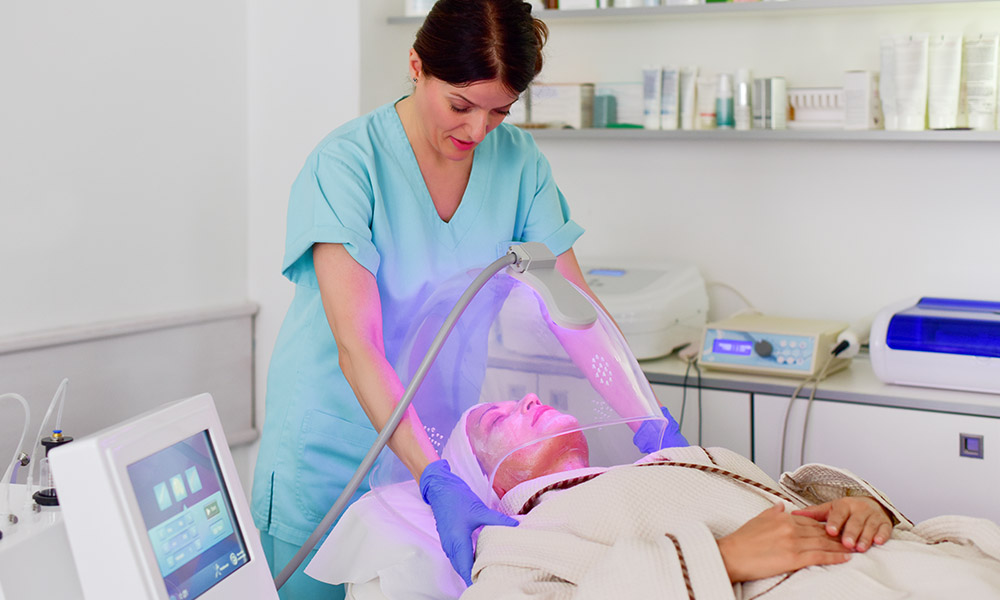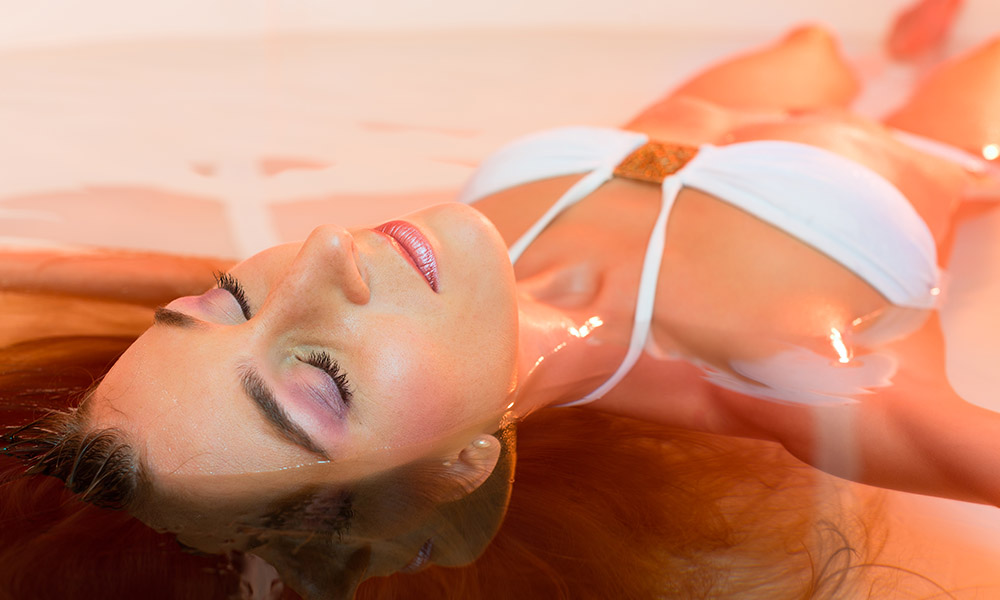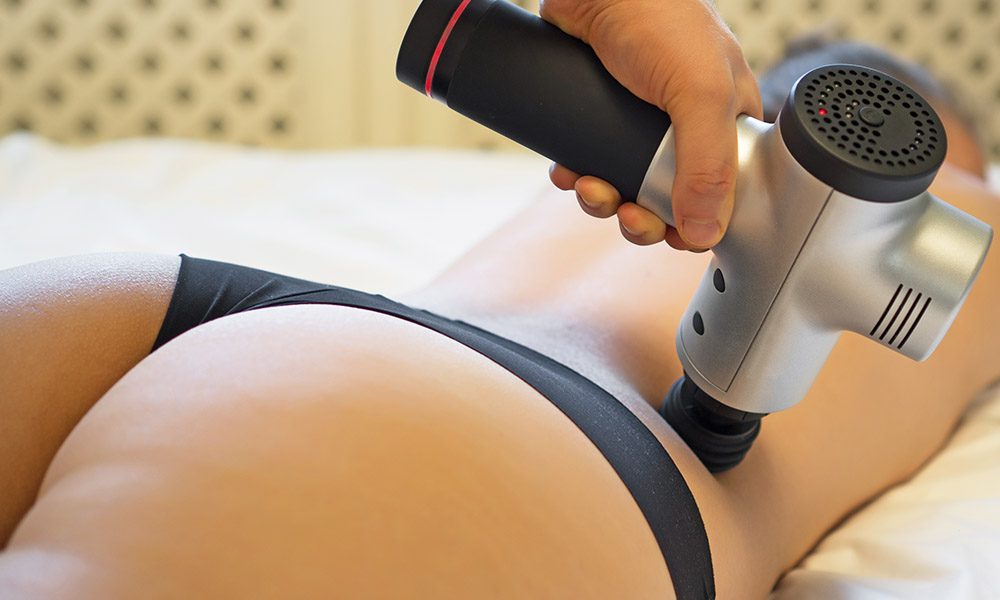Traditional spa treatments are highly dependent on physical interaction but in the on-going pandemic hands-on spa services have been greatly limited. While some states have already reopened for full service, others are taking it a little more slowly.
Regardless of current regulations, there’s one thing for certain: the spa industry must evolve in order to survive. No-touch spa treatments have rapidly been gaining popularity and may represent the way forward for spas, salons, and resorts.
Read on to learn more about the top no-touch spa treatments and how to incorporate them into your spa menu.
The Top 5 No-Touch Spa Treatments
While you should be updating and adjusting your spa menu once or twice a year, in the midst of the current pandemic, you may find yourself making adjustments more often. If you’re looking for no-touch treatments to add to your spa menu, there are plenty of options to choose from, making it easy to find one that fits your brand best.
Here are some of the most popular and profitable options:
LED Light Therapy

Light emitting diode or LED therapy is a skin treatment that involves the use of varying wavelengths of light. Because LEDs do not contain ultraviolet rays, they are completely safe for regular use – they do not cause the kind of burns associated with other skincare treatments like dermabrasion.
LED light therapy treatments can be completed in as little as 20 minutes but can easily be incorporated into longer facial treatments. This type of therapy helps reduce inflammation, treat acne, and promote anti-aging benefits. Plus, it’s research backed. The US Navy has used LED light therapy to help heal wounds during training exercises. The treatment led to over 40% improvements in musculoskeletal injuries in team members and reduced wound healing time.
Infrared Saunas

A traditional sauna is a small room designed to facilitate dry heat sessions. They are typically heated to between 150°F and 195°F and may include rocks in the heating element – water can be poured onto the rocks to create steam. An infrared sauna is the same concept but a bit different. You get the benefit of a sauna without the extreme heat.
Rather than heating the air, infrared saunas use electromagnetic radiation facilitated by infrared lamps to warm the body directly. Infrared saunas generally operate at temperatures between 120°F and 140°F.
Here are some of the benefits of infrared saunas:
- Improved sleep
- Reduced stress
- Detoxification
- Weight loss
- Relief from sore muscles
- Reduced joint pain
- Improved circulation
Infrared sauna sessions typically last 20 to 30 minutes, so that leaves room to incorporate add-ons into the treatment such as a relaxing cool-down period.
Float Tanks

The primary reason anyone goes to the spa is to relax and what’s more relaxing than spending an hour letting your worries drift away? Float tanks or sensory deprivation tanks have been around since the 1950s but didn’t become commercially available until the 1970s when their health benefits became known. Float tanks have been shown to support muscle relaxation, pain reduction, and improved sleep, in addition to decreasing stress and anxiety.
In a sensory deprivation tank, the water is heated to skin temperature and highly saturated with Epsom salt to create buoyancy. The client enters the tank nude and floats weightless in the tank, cut off from all outside stimulation. This encourages the brain to enter a state of deep relaxation.
Sensory deprivation tanks can cost anywhere from $10,000 to $30,000, so it is a significant upfront investment. However, an hour-long session sells from $50 to $100 or more and once you’ve purchased the equipment it is fairly easy to incorporate these sessions into your spa menu as a standalone service, add-on, or upsell.
Percussive Massage Therapy

While traditional massage therapy involves the use of hand techniques, percussive massage therapy involves the use of a handheld device called a massage gun. A massage gun delivers accelerated burst of pressure which helps release muscle tension and pressure points. It can reach deeper into the muscle than a massage therapist can reach by hand and it desensitizes the surrounding area, reducing the pain that sometimes occurs when a therapist applies too much pressure to a sore muscle.
Percussive massage guns are portable and fairly affordable, making them an excellent addition to your spa menu. You can easily incorporate percussive massage therapy into other spa services or offer a specialized percussive massage treatment on its own. The upfront investment is fairly low, anywhere from $50 to $200 depending on the brand, and it is easy for licensed massage therapists to learn the techniques needed.
Energy Healing Therapy

Energy therapy is a traditional healing system that helps balance the client’s energy through the use of various techniques such as reiki, healing touch, and qigong. Rather than focusing on physical touch, these therapies focus on the emotional and spiritual aspects of the client’s well-being.
Reiki is a traditional Japanese therapy that involves specific hand movements and symbols to channel energy into the body to facilitate healing. Qigong is a therapy that has been used for over 4,000 years to restore lost balance. Rooted in ancient Chinese medicine, this practice involves coordinated body movements along with meditation and breathing. While reiki requires proximity by the practitioner, clients can engage in Qigong themselves with guidance from spa staff.
Crystal healing is another form of energy therapy – it involves the use of stones and crystals to draw impurities out of the body. Trained practitioners place the stones and crystals on specific areas of the client’s body to target different kinds of physical, emotional, and spiritual issues.
Tips for Incorporating No-Touch Treatments into Your Menu
Adding new treatments to your menu is great, but it’s only half the battle. The most important step is to make sure your staff are properly trained to sell and administer these treatments properly.
Stress is at an all-time high in the current pandemic and people are more concerned about hygiene and personal safety than ever. It’s essential that you train your staff to properly communicate the safety precautions you’re taking and to highlight the safety feature of your new no-touch treatments. Your top priority remains keeping your clients safe and satisfied, so don’t skimp on training. Make sure your spa menu is clear and specific, so your clients know exactly what they’re getting into.
You may also want to flex your creative muscles when it comes to marketing your new services. Many people are still in the mindset of avoiding social interaction, so you may need to work a little harder to reach your customer base and to encourage them to return to the spa. One selling point you may want to highlight is that because most spas are open with a lower volume of guests than usual, each guest receives a higher degree of individualized attention and personalized service.
As much as your business may be hurting in the midst of shutdowns and restrictions, it may be helpful to offer promotions to get clients in the door. You must always consider your bottom line, however – don’t give away services for free and make sure your staff are still being taken care of. Rather, consider offering no-touch treatment packages or offer your clients at-home spa packages customized with products from your spa.
Times are tough for all of us right now but that only makes self-care more important.
As a spa owner, you have the opportunity to provide your clients with an essential service that can relieve stress, restore harmony, and revive the spirit. Adding some of the no-touch treatments covered above could be just what you need to revive your business and get back into the groove as things return to normal in the coming year.
